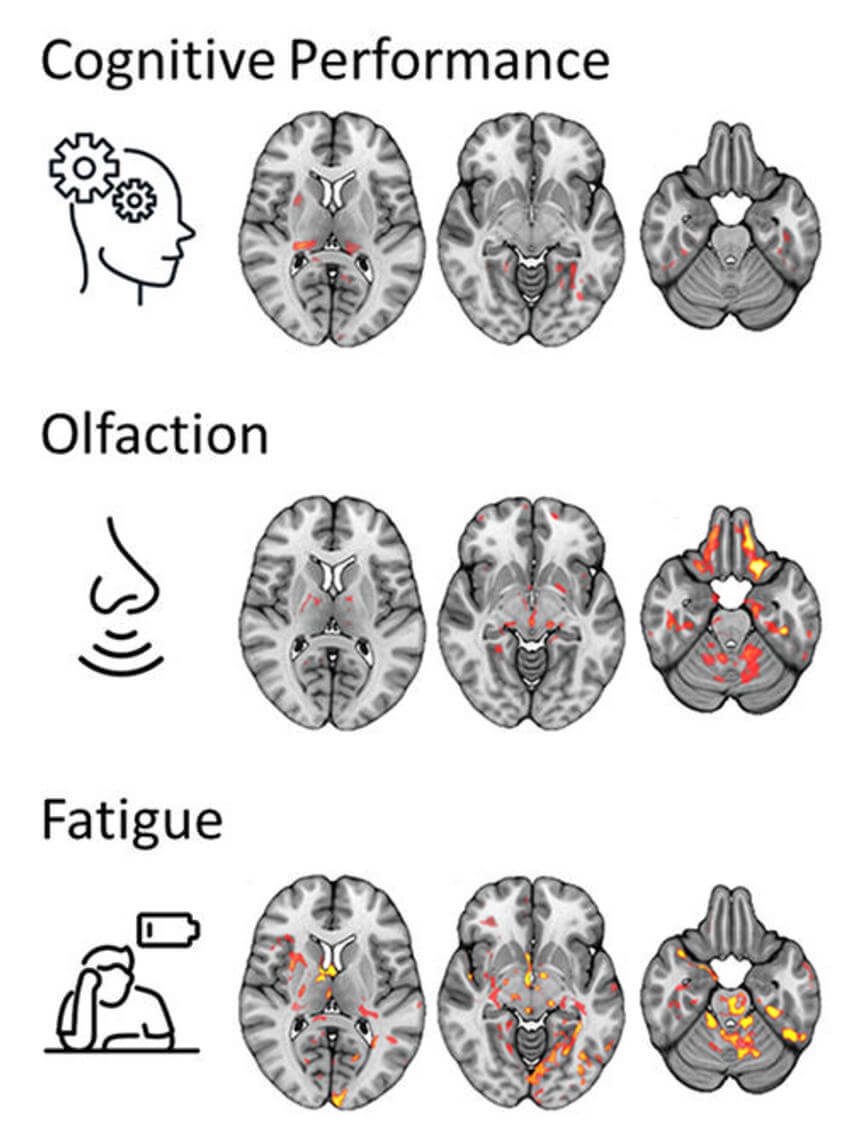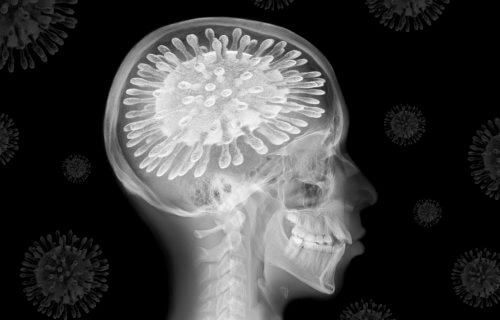CHICAGO — There are distinct changes in the brains of individuals with long COVID, differing from those who have fully recovered from the virus, a new study reveals. Approximately one in four people who contract the virus develop lingering symptoms even after the infection clears. The condition is marked by a variety of persistent ailments such as cognitive difficulties, altered senses of smell or taste, fatigue, musculoskeletal pain, shortness of breath, and digestive complications. These symptoms can last for weeks, months, or even years post-infection.
The underlying mechanisms of long COVID remain largely uncharted. However, a team of German researchers has discovered unique patterns of brain changes in long COVID patients, unlike those observed in patients who have completely recuperated from COVID-19. They utilized diffusion microstructure imaging (DMI), an advanced MRI technique, to discern these variations.
“To the best of our knowledge, this is the first study comparing patients with long COVID to both a group without history of COVID-19 and a group that went through a COVID-19 infection but is subjectively unimpaired,” says the study’s lead author, Alexander Rau, M.D., a resident in the Departments of Neuroradiology and Diagnostic and Interventional Radiology at University Hospital Freiburg, in a media release.
Rau clarified that DMI assesses the movement of water molecules within tissue, offering insights into the brain’s microstructure by tracking the water molecules’ various directions and velocities — a sensitivity not achievable with standard MRI.
The researchers compared brain scans from three cohorts: 89 long COVID patients, 38 recovered patients without lingering symptoms, and 46 healthy individuals without any history of COVID-19. Initial comparisons of cerebral structure sought to identify atrophy or abnormalities. Subsequent DMI examinations provided a deeper understanding of the brain’s microstructure, with a focus on the gray matter.

This examination, which included whole-brain analysis, aimed to pinpoint alterations and link them with clinical data, particularly long COVID symptoms like fatigue, cognitive impairment, and diminished sense of smell.
Their findings indicated no loss of brain volume or lesions that could directly explain long COVID symptoms. However, a distinct “pattern” of microstructural brain changes was present, varying between those with long COVID and those without any long-term effects.
“This study allows for an in vivo insight on the impact of COVID-19 on the brain,” Dr. Rau says. “Here, we noted gray matter alterations in both patients with long-COVID and those unimpaired after a COVID-19 infection. Interestingly, we not only noted widespread microstructural alterations in patients with long COVID, but also in those unimpaired after having contracted COVID-19.”
The study also found connections between these microstructural changes and brain networks related to specific symptoms like impaired cognition, sense of smell, and fatigue, suggesting a physiological foundation for these post-COVID conditions.
The research team intends to conduct future follow-ups with the patients to track clinical symptoms and changes in brain microstructure over time.
Despite these insights, the reasons why long COVID develops in some individuals remain elusive. However, prior research has pointed to potential risk factors, including gender, older age, higher BMI, and smoking habits.
The findings were presented at the annual meeting of the Radiological Society of North America (RSNA) in Chicago.
You might also be interested in:
- These 15 foods in an anti-inflammatory diet could treat long COVID
- It’s Not Long COVID? Study Explains Some May Be Experiencing ‘Long Colds’
- COVID-19 can fuse brain cells, leading to chronic neurological problems
South West News Service writer Stephen Beech contributed to this report.

